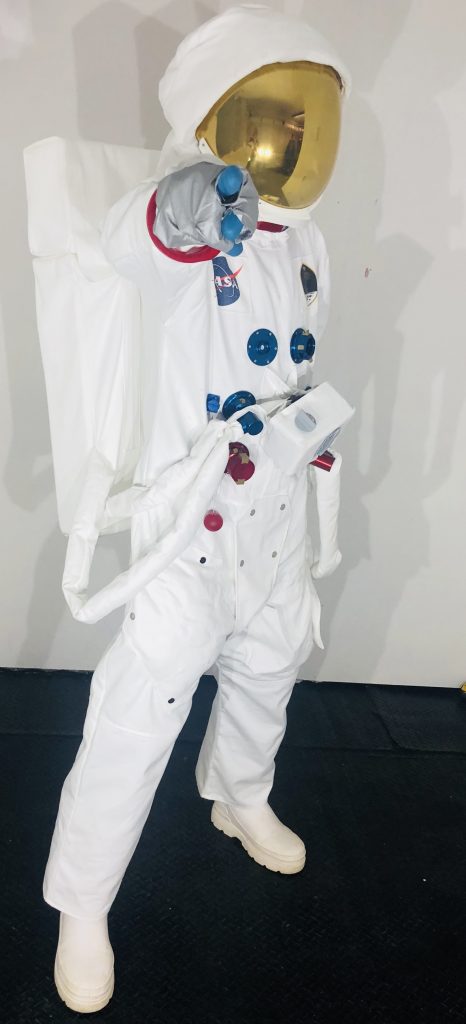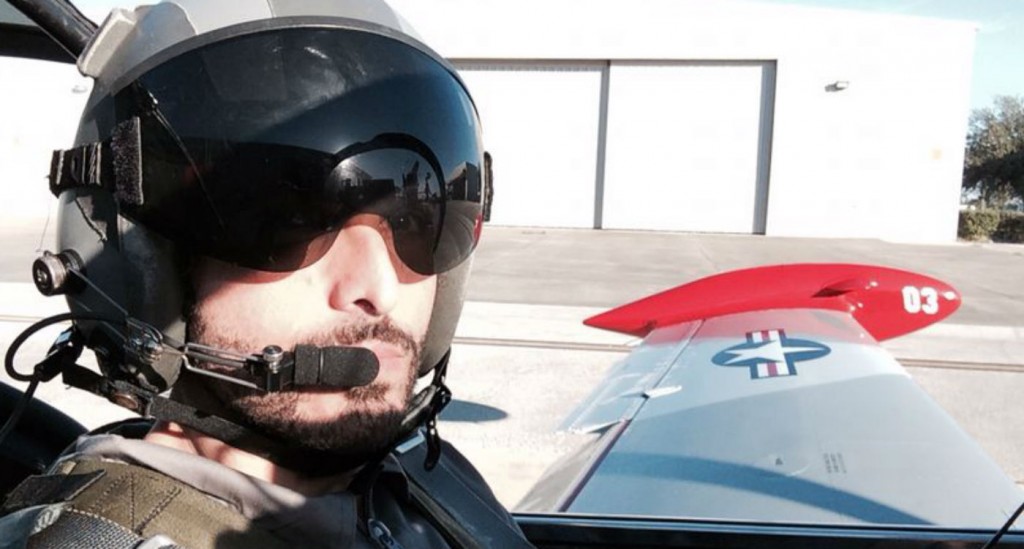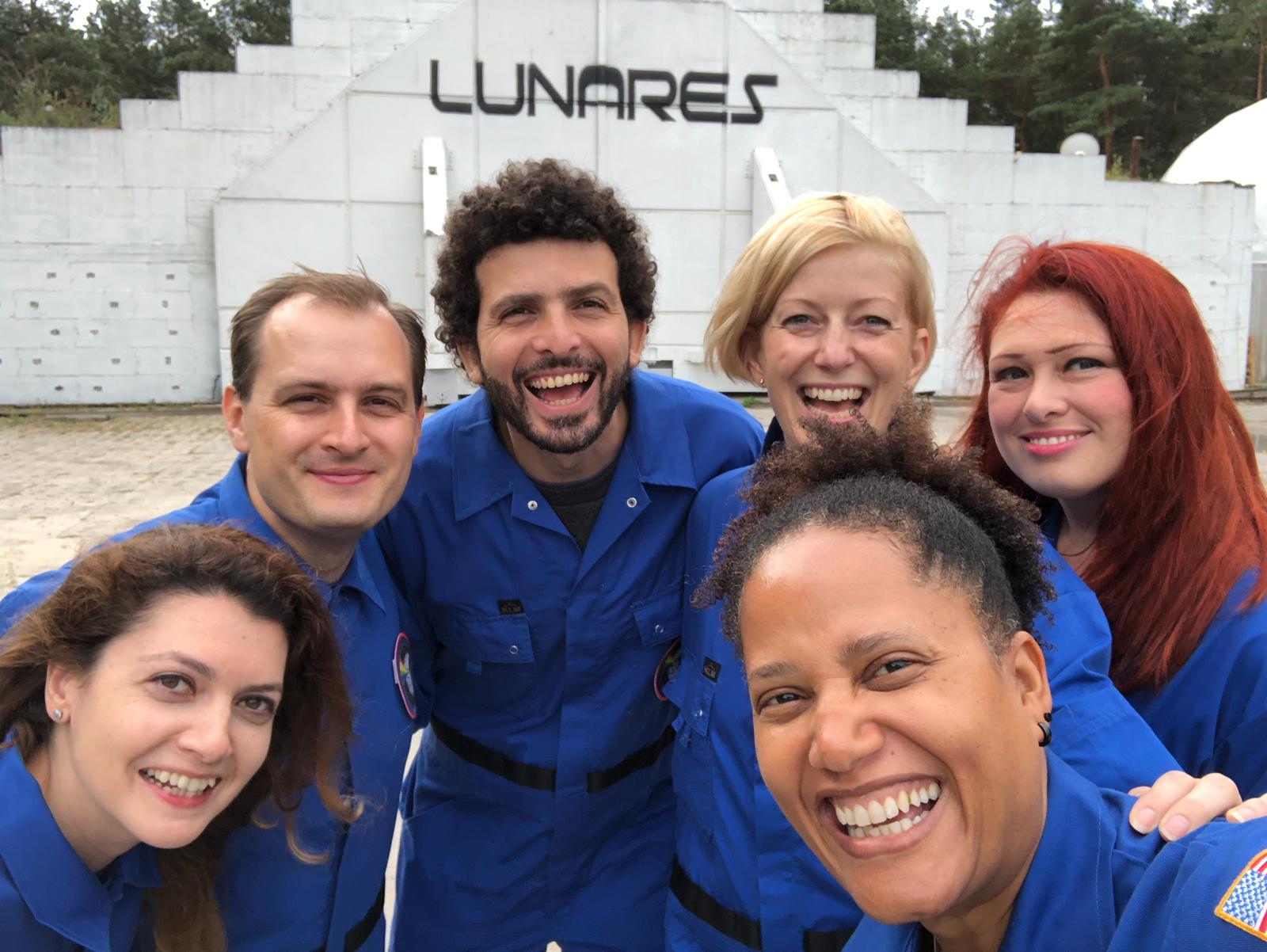Space
Ever since I was a little boy I dreamed of going into outer space. Being Egyptian, that dream seemed like a distant one since you pretty much had to hail from a country that ran a space program like NASA or ESA. Despite of that, this distant dream remained with me ever since. In 2005, on my first week doing an MBA at London Business School, Sir Richard Branson came to the university and spoke to us about his new project Virgin Galactic. I remember my heart beating faster as I realised that perhaps this dream is achievable in my life time for mere mortals like myself, but I was suitably deflated when I realised the ticket cost $250,000. I decided to hold onto the vision all the same.
Lunar Analogue Mission “Lunares 3”
Coinciding with the 49th anniversary of the first moon landing and the longest lunar eclipse in the 21st  century, I joined a group of international analogue astronauts to take part in a unique lunar analogue mission (Lunares 3) in Pila, Poland. Our crew spent 15 days in total isolation, carrying out numerous experiments and research to provide insights into the spectrum of human traits essential for future lunar settlement; as well as to further the advancement of space exploration and science, particularly for long duration space missions.
century, I joined a group of international analogue astronauts to take part in a unique lunar analogue mission (Lunares 3) in Pila, Poland. Our crew spent 15 days in total isolation, carrying out numerous experiments and research to provide insights into the spectrum of human traits essential for future lunar settlement; as well as to further the advancement of space exploration and science, particularly for long duration space missions.
The crew, that we named SPECTRA, hail from Australia, Canada, Egypt, Romania, and the USA. Throughout the mission, we carried out 40 research projects covering a wide array of fields including crew psychology, physiological performance, robotics, hydroponics, bioengineering, and creative performance. As a Vice-Commander in the mission “I felt privileged to have been selected among this group of talented scientists, engineers, artists and aspiring astronauts; and to represent Egypt in humanity’s quest to improve how we survive and thrive during future long duration space missions”.
One of the most notable research projects of the mission used Virtual Reality (VR) technology inside the habitat, to train our crew in operating hazardous equipment during space walks. We then stepped onto the moon landscape to perform the learned tasks in real-time, which allowed us to analyze things like time perception, physical and cerebral memory. Operational scenarios using VR are already being developed, and will allow future astronauts to work safer in outer space.
Some of my responsibilities during the mission included growing Egyptian arugula and red radish micro-greens in the habitat’s BioLab. I was responsible for the crew’s physical performance research, which aimed at understanding how astronauts can work and live better in space. This entailed an overall physical fitness and dietary plan; organizing a series of workouts to ensure the crew stayed healthy and active throughout the mission given the limitations of space in the habitat and the often sedentary nature of research work. I also curated a lunar Olympics and cultural even to bring the crew closer together.
For more information click here to visit the mission’s website.

Omar Samra just about to begin his space manoeuvre aviation tests
XCOR
In 2013, a global competition was announced which would give regular people the opportunity to go into space with a competing company, XCOR. The private exploration of space was now truly underway. I signed up and threw myself into the competition despite realising that more than 2 million people had applied. The process lasted for over 9 months and in the end 110 finalists were invited to Cape Canaveral in Orlando for a chance to win one of 23 tickets to space.
Over the course of 4 days we were put through numerous challenges including a G-force centrifuge, zero-gravity flights, physics exams, building a model rocket and assault course fitness challenges. In December of 2013 I was selected as the only Astronaut from the Middle East region and Buzz Aldrin himself handed me the ticket. This has to be one of the most outstanding moments of my life!







